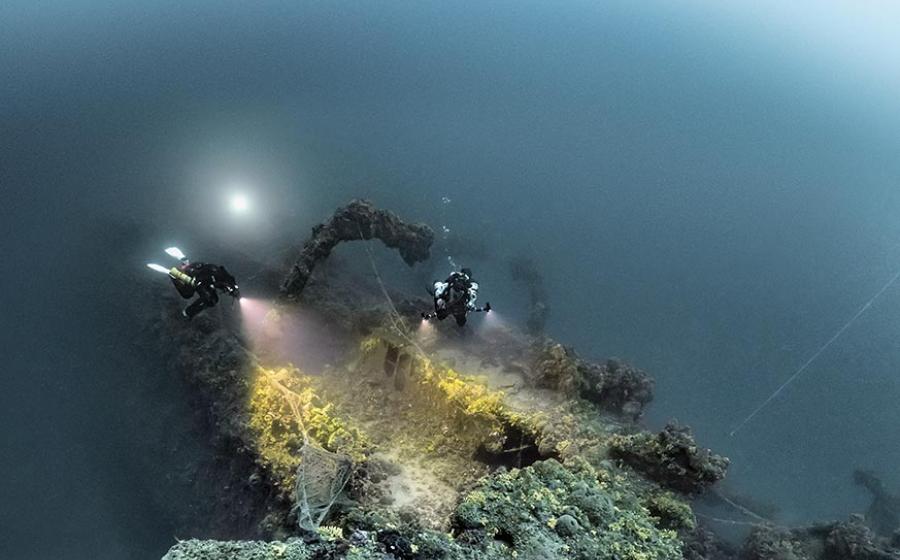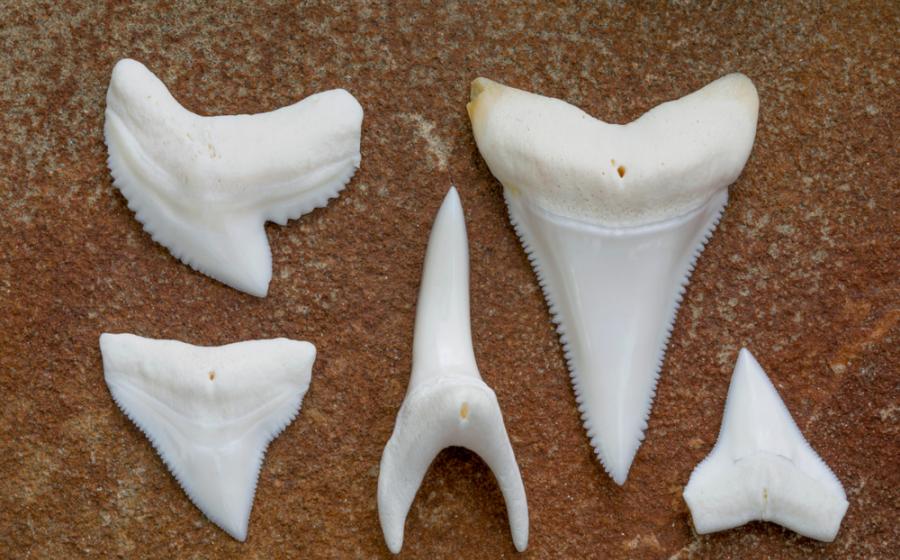Scuba Diving Lost Underwater Cities
In an era in which city streetscapes change faster than Google maps can record them, there’s something refreshing, reassuring even, about knowing there are concrete — or rather, granite, brick and clay — links to our past still protected by the sea. Scuba divers can witness remnants of the Bronze Age in Greece and the reign of Alexander the Great in Egypt. These sites might be weathered, sure, but unlike the corner market, they’re not going anywhere for the next hundred years.
Pavlopetri, Greece

BBCScuba divers can witness the remnants of the Bronze Age and other ancient eras by visiting the remains of lost underwater cities like Pavlopetri, Greece.
Bring a snorkel to the Greek town of Pouda Beach and, at 12 feet deep, you can swim among the ruins of a village dating to the Bronze Age. Granted, the area is a UNESCO site, protected and currently under study by the University of Nottingham in the U.K. Most of the structures have crumbled in the past 5,000 years, but what remains, including clay storage containers and statues, has been surveyed using a stereo-photogrammetric autonomous underwater vehicle to create a photomap with 3D images of the site. So while you won’t put on a mask to see the two-story homes, a cemetery and other developments of this then-modern community, you can explore every detail online.
Alexandria, Egypt
To appreciate a dive to the Pharos lighthouse, a 20-minute boat ride from Alexandria, Egypt, keep a few numbers in mind. Start with 285. That’s the year, B.C., when this structure, considered one of the seven ancient wonders of the world, was built. Also: 497. That’s how many feet tall the beacon was, in an era predating cranes and steel support beams. Consider this, and the site becomes epic. Smooth granite columns spanning 30 and 40 feet litter the seafloor 30 feet below the surface. Pillars and the supports where statues once stood are on display. And a bonus: In several spots, the structures have fallen in such a way to create caves.
Related Reading: 4 Epic Liveaboard Expeditions for Citizen Scientists
Port Royal, Jamaica
Before 1692, the pirate trading town of Port Royal, Jamaica, was hailed as “the most wicked and sinful city in the world.” That all changed when an earthquake sent the town sliding into the sea. Now you need an academic permit to wander the streets of this sunken city. “The permits deter the treasure hunters,” says Jaedon Lawe, owner of Yardie Divers, a scuba operator running tours out of Kingston. Lawe can take you diving on the wrecks near this site rumored to be rich in gold and jewels. But to tread the ancient city, you’ve got to be an archaeologist. Or, like Lawe, provide diving support to scholars or documentary crews. Between the building foundations and piles of rubble, Lawe says, “the roads are nothing like ours — they’ve laid the bricks in an intricate fish-bone pattern.” And to witness that workmanship, he says, “is the real treasure.”










